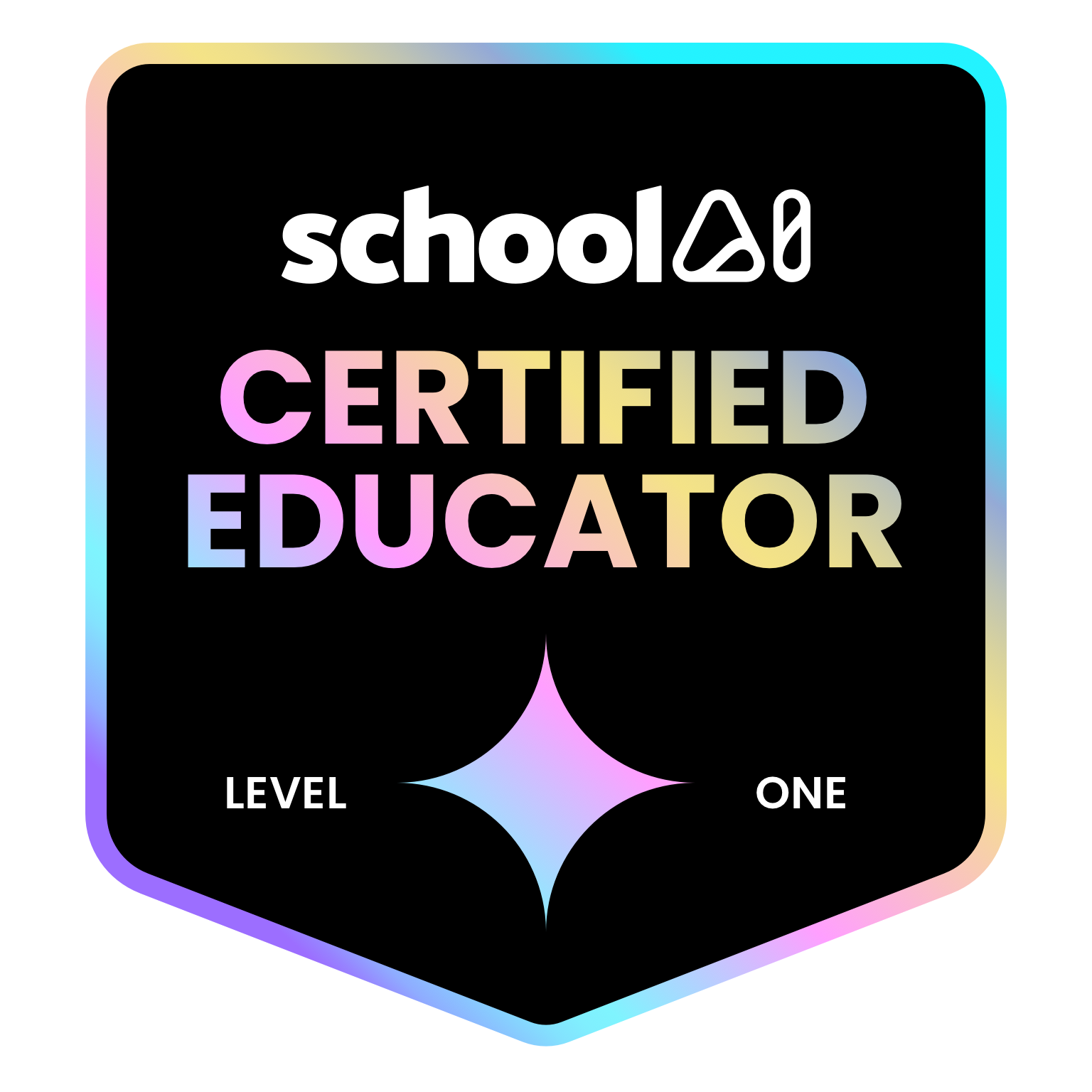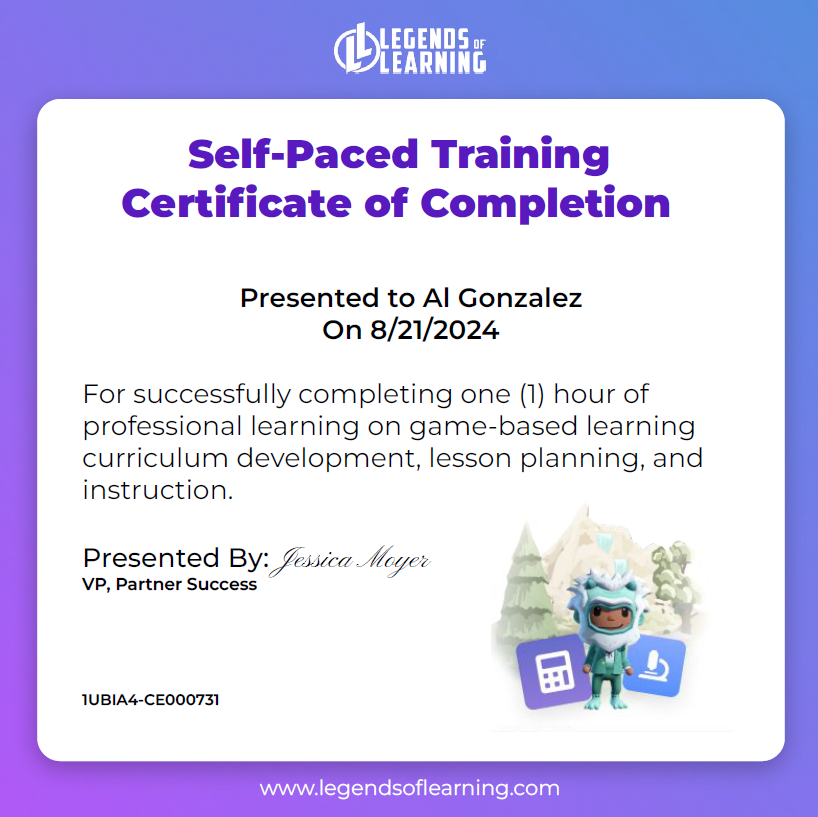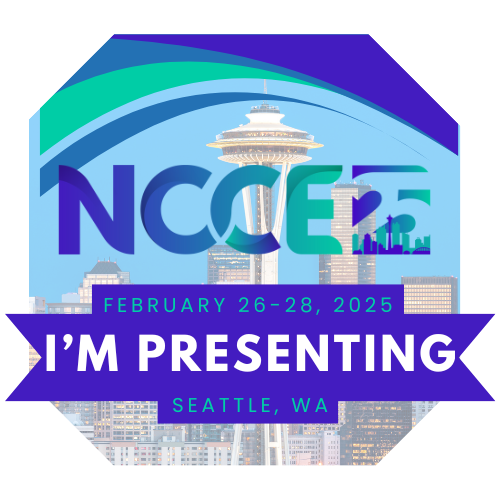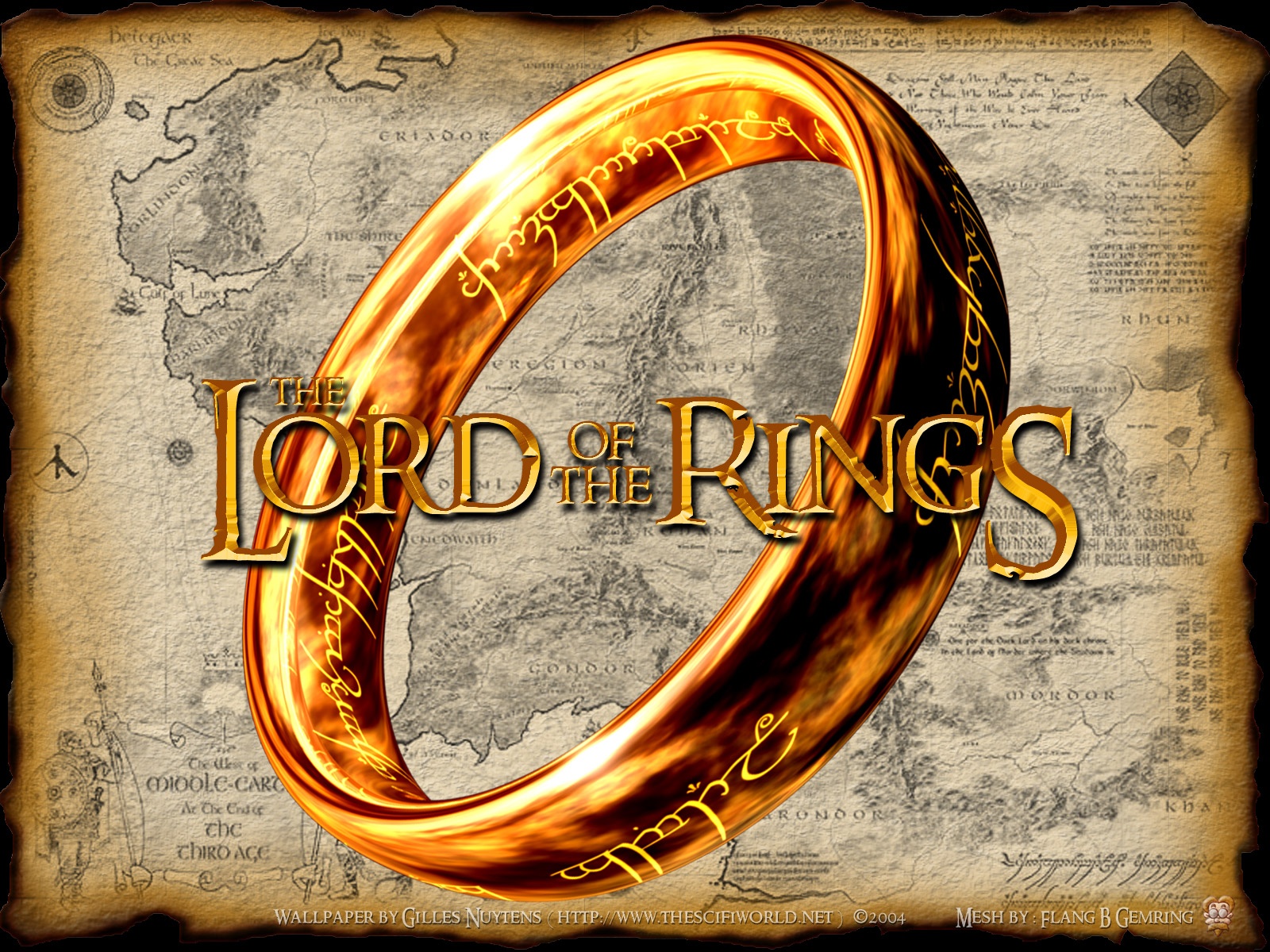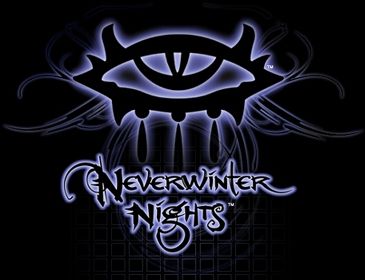 I’m taking the leap and am going to try it out. I finished reading The Multiplayer Classroom by Lee Sheldon and I was able to start mapping out how I can gamify my classes. After two and half years of teaching completely gradeless I have found that I still haven’t managed to engage all my students. By going gradeless I took away grades as a reward or punishment. Without grades to coerce students to do classwork on a daily basis I relied on what I thought was the sheer excitement and joy of my Science lessons, labs, and projects. I was ready to fall back on offering students different learning experiences if they didn’t like the ones I offered. I figured that by offering complete choice and autonomy all my students would be on task and engaged most of the time.
I’m taking the leap and am going to try it out. I finished reading The Multiplayer Classroom by Lee Sheldon and I was able to start mapping out how I can gamify my classes. After two and half years of teaching completely gradeless I have found that I still haven’t managed to engage all my students. By going gradeless I took away grades as a reward or punishment. Without grades to coerce students to do classwork on a daily basis I relied on what I thought was the sheer excitement and joy of my Science lessons, labs, and projects. I was ready to fall back on offering students different learning experiences if they didn’t like the ones I offered. I figured that by offering complete choice and autonomy all my students would be on task and engaged most of the time.
Well, it wasn’t that much of a transformation. Frankly, my classes looked a lot like they did when I graded and used grades to “motivate” or punish my students in that those kids who are motivated to learn, worked, and those that weren’t motivated to learn, didn’t do much work. There was a lot of socializing and off task behavior, which I thought would have considerably decreased. I was (am still) shocked. Here’s what I attribute this lack of success to:
1. Kids who just don’t like Science (for whatever reason) will choose socializing, playing games, texting, checking Facebook or anything else rather than do the work I assign. These kids, which range from those who rarely do what the rest of the class is doing to those who are rarely off task, will at their own pace engage with something that either catches their fancy or they will comply due to teacher or peer pressure.
2. Kids who like or really like Science but aren’t very interested in the Science we’re doing at any moment. These kids may respond to lessons, projects, and labs in much the same way as the number 1 kids.
Now I’m not knocking going gradeless. Quite the contrary, I will not go back to traditional grading. What I have used is standards-based assessment. The majority of my students in the last two and half years have overwhelmingly mentioned how much they have appreciated the chance to learn Science without pressure. I survey my students two to three times throughout the school year and specifically ask about being gradeless. Students mention how they enjoy being able to learn, and having the freedom to choose, among the benefits of my class.
So just like Lee Sheldon shows in his book, you can gamify your classroom without buying a single video game or social game for kids to play. You don’t any tech. All it takes is to rephrase how you introduce things to your students. So my class will be known as the World of ScienceCraft (WoS). I played World of Warcraft (WoW) for years so I am familiar with that particular world. My classroom world though will not be based in some medieval time, but rather it will be based in modern times via Science topics, themes and questions. Here’s how I plan to rephrase my coursework:
1) In this class students (questers) will engage in defeating mobs of monsters (reading/learning new material, answering questions, asking questions, researching), questing (completing projects, presenting), and crafting (creating products for presentations and projects, blogging).
2) Mobs, quests, and crafts will be completed both solo and with the help of guild members (teammates and sometimes table-mates).
3) Questers will choose an avatar, which will be displayed on their blog. As questers reach different Science Standards they will add achievements to their blogs.
4) We will not mess with XP or points of any kind in this game.
5) Real world abilities that you gain in Science will be your l33t skills.
6) Teacher is the Game Master and King of the kingdom, Rm604. Students will be their avatar and guilds will have their own names as well.
and
- Each table is a country and each table will have one Governor.
- Each country is made up of two guilds (teams).
- Each guild (team) will have a Captain in charge of the guild’s progress.
- Captains report to Governors, who report to the King daily.
- Every quester keeps track of a goal sheet on Google Docs all year. They share it with the King so that he can check in on individual goals from time to time.
- When a quester is ready for an achievement check, he or she will send a message to the King. If the King approves the quest or the portion of the quest (the evidence) then the quester will receive the achievement!
So kids won’t actually be doing anything different from what we do every year. It will just be framed entirely differently, like an alternate reality game (ARG) or a webquest. Webquests frame their activity in a real world story where the participants take on roles. This is something like that, only long term in that we could keep this up all year. Instead of researching they will be defeating mobs and so forth. Simple switch but I’m hoping it will be fun.
What I want to improve is the level of engagement. I want to engage more students, more often. My goals are to see students working on learning Science more often than socializing or other off task behaviors. I thought about when extrinsic rewards would be acceptable to use in class to do just that. What I’m leaning to at the moment is to add some form of reward/recognition to reach those students in the two categories above. I don’t want to go overboard and I’m not reinstating grades or points, but just like the extreme of rewarding students for everything doesn’t work it seems that giving NO rewards isn’t the best way to go either. Well, I’ll see.
The reward part I’m considering is actually a twist on my standards-based assessment. I’ve created the following webpage with a list of all the standards we learn each year in both 6th and 8th grade. The difference is that I’ve placed a graphic1 for each standard that will serve as a badge. As students show me evidence that they are either starting to get a standard, getting it or are proficient they will be able to add the graphic1 to their blog. The graphic1 or badge on their blog shows the standards that students have shown evidence of understanding. I don’t want to call them rewards or badges, so I am calling them Achievements as in WoW. I think this will be okay and not damage my students’ long term intrinsic desire to learn Science.
Right now I’m working on the stories or questions that will serve as the background stories for each unit or quest or game. Here’s my very rough work in progress, especially since this is the hardest part for me (I can adapt other’s stuff to use as my own but coming up with my own ideas isn’t as easy, which is why they aren’t stories):
Level 6 Story Outline:
- Volcanoes and visiting Mt Saint Helens
Setting: Mt Saint Helens (Isle of Ge)
Characters: Mt Saint Helens, Mt Baker, Mt Adams, Mt Hood, Mt Rainier
All the other volcanoes are looking to Mt Saint Helens. They haven’t erupted in thousands of years while MSH erupted only a few decades ago. Will she grow back to her mountainous self? What evidence is there to suggest that she will or will not grow back into a towering mountain?
- Energy
- Energy Transfers
- Forces
- Elastic
- Gravity
- Friction
- Motor
- Simple Machines
- Motion
Setting: Isle of Physis
Characters: The different energies and forces.
Learn how the magic of energy transformations work and how they work with the magic of different forces.
Solve the simple machine quest. Motion?
- Water Pollution
- Water Cycle
- Salmon
- Water Quality
Setting: Isle of Ge
Characters: Judy and Jiffy, the salmon twins.
We need to get Judy and Jiffy from their redd out to sea and back to their redd to start the cycle all over again. How can we do that?
Level 8 Story Outline:
Setting: Bios Island
Characters: Snails, cockroaches, paramecia, euglenas, amoebae, and other living things.
- What is Life?
The quest here is to determine what is life.
- Biomes
The quest here is to determine what makes a particular biome unique. Questers will also investigate what human influence is doing to the biomes of our planet.
- Cells
- Single Celled
- Multicellular
Delve into the world of the microscopic. Meet exciting characters like paramecium, amoeba, euglena, among others. What makes them living things? Refer to our definition of living things.
- Genetics
Where do we get our characteristics such as hair color and type, skin color, eye color, ear shape, nose shape, right handedness, etc.? How does this all work?
- Plants
Let’s visit the plant kingdom and see what makes plants unique. What do they do for us?
- Animals
- Snails
- Cockroaches
In this story we will meet two interesting characters, the land snail and the Madagascar hissing cockroach.
- Odyssey
The adventure begins.
- Diversity of Life
What accounts for the tremendous diversity of life on our planet?
- Dissections
What part will you play in the dissections? What can we learn by looking inside some of the animal kingdom’s denizens?









